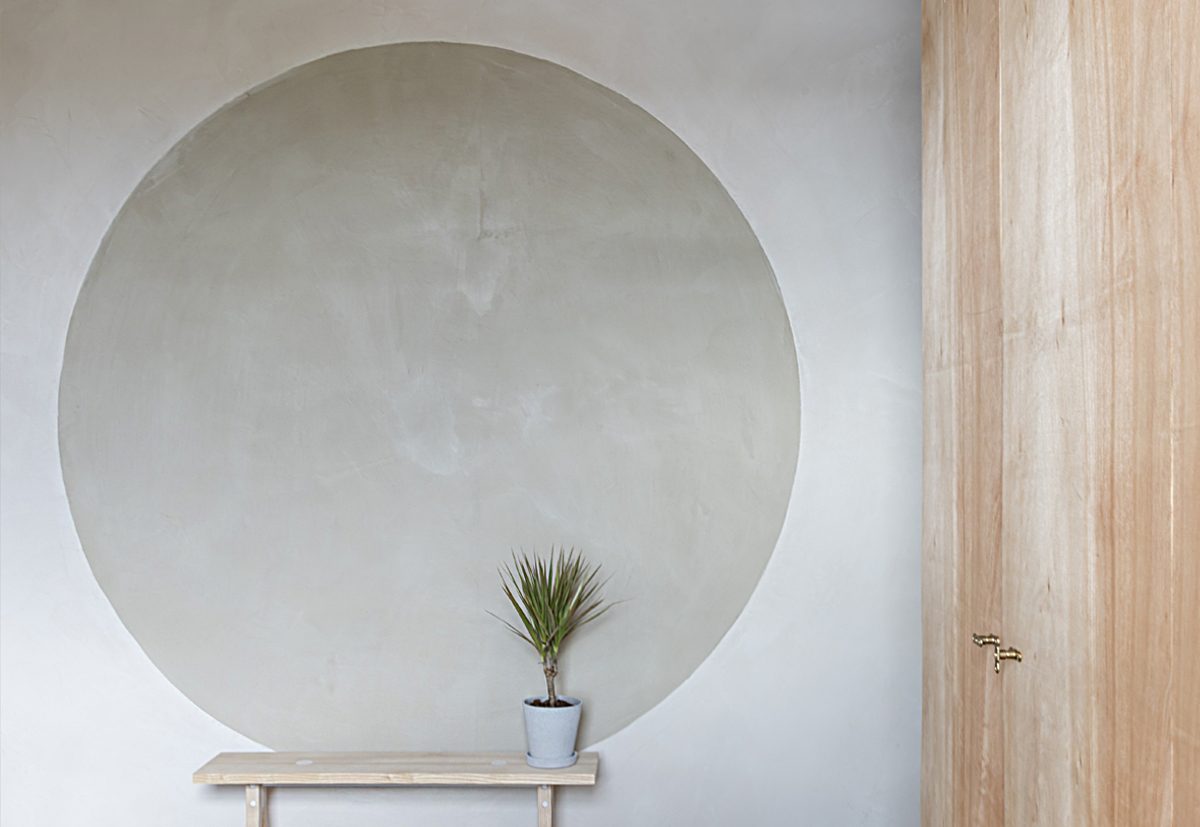
Simon Astridge Clay House
Blog by Simon Astridge. Reprinted with the kind permission of the author.
“The brain acquires information about the world through senses and then organises, interprets and integrates that information. The brain assigns value, affect and potential utility to the acquired information, and stores that information by means of memory in order to access it at a later time. These memories of information received form the basis for future actions.” Thomas D Albright
There is now statistical data that scientists and neurologists can prove when and how we are attracted to beauty. When we notice beauty, the primary visual cortex is stimulated and sends signals to our body telling us it is beautiful that prompts a reaction. The ancients saw beauty in the stars and skies, the Greeks with mathematics, the Renaissance with the perfect body form, the Middle Ages with the Divine, the Industrial age with machines and now the Information Age, with selfies and the projected image of ourselves. Our brains has evolved to be attracted to beauty in the same way an animal evolves to physically adapts to a specific environment. Some would argue, that beauty, is infact the entire reason for evolution. These discussions and and advancements in science now have huge implications and potential for architects and architecture.
We are privileged to work with many clients who are creative and experts within their own fields. Many of them have asked us to align the window with the door – on the plan. This is because their primary visual cortex is telling them that this alignment will have more perceived beauty in their lives. Statistical regularity exists through nature, sacred geometry is within palm fronds and snowflakes. Straight lines, circles and symmetry give us simple orders and stability within a chaotic world. In the opposite way, irregular shapes, phi and Jackson Pollock paintings do not tap into the properties of what we know to be beauty, and can lead to confusion and disorder. As architects we aim for regularity and simplicity. But we don’t just make creative decisions based upon the sole needs of the primary visual cortex, no, we also use our memories, emotions, empathy and our bodies too in responding to a clients brief and the physical environment. Sometimes, this means that doors and windows will not align on a plan. Much of what we perceive with our primary visual cortex today is influenced culturally and defined by television, magazines, government policies and online social media accounts. Like all elements of our body, it is a kinetic thing, it constantly changes as a result of our experiences in the world. If you spend a night in a medieval castle overlooking a lake on a remote island, your primary visual cortex will help you form a different view of architecture than if you spent the night in a minimalistic apartment in central Dubai. That is why I believe in the power of architecture, it has the capacity to change people’s lives and their actions.
Original Blog can be seen on Simon’s website.
Photographs by Nicholas Worley.
For more pictures please visit our gallery pages.

